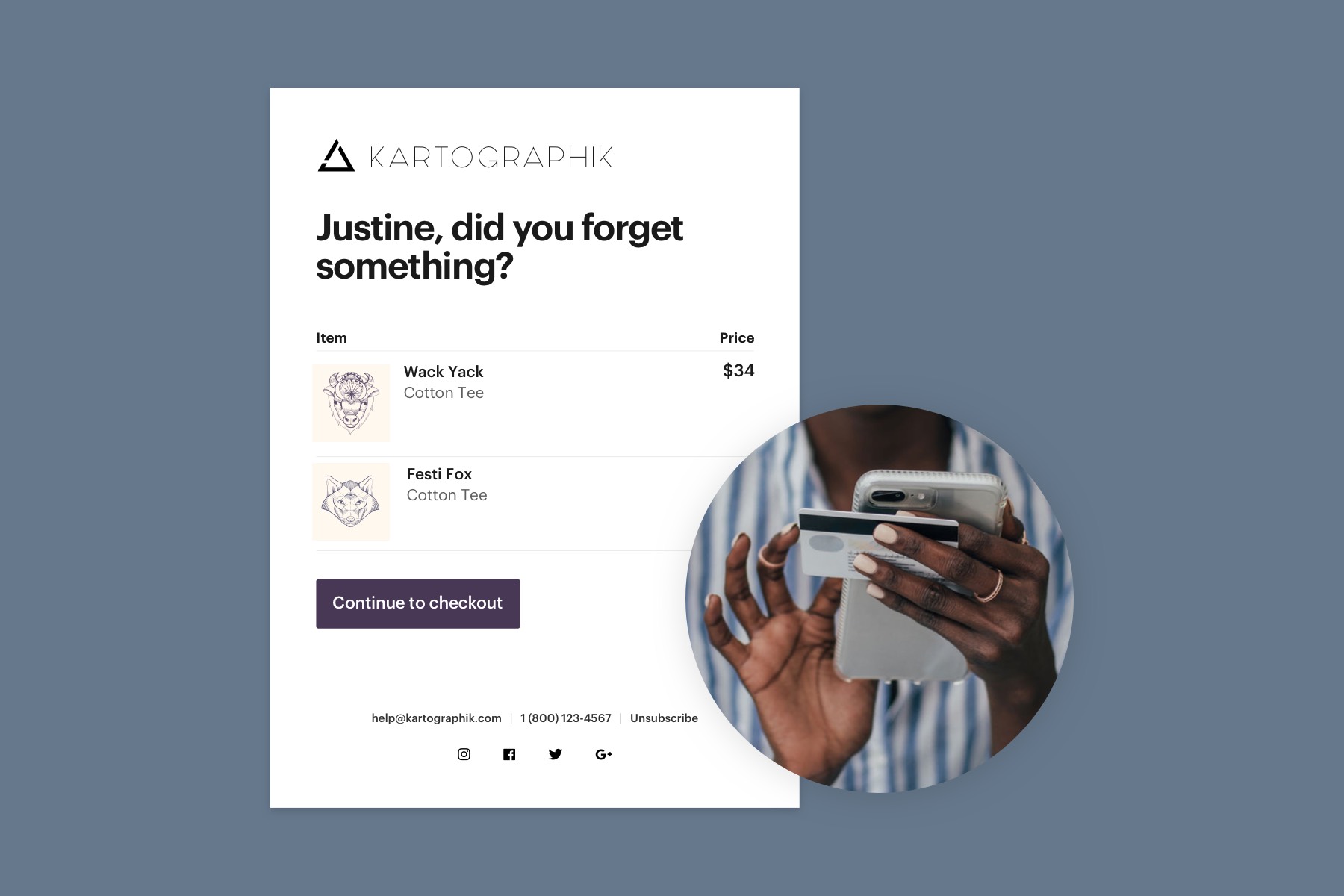Chapter 2
Key Benefits of Email Marketing

-
Stay in contact with your audience: Email is a more direct relationship with your potential customer than ads or social media could ever be. According to Campaign Monitor, 90% of email is successfully delivered, whereas only 2% of your Facebook fans will see your posts in their feed. Email also has more permanence. Unlike a Facebook post or a paid ad, it is simple for your audience to save your email until they are ready to act and take it with them wherever they go.
-
Reach customers in real-time on mobile: According to Litmus, 54% of all emails are opened on a mobile device. This is significant and should come into play when planning any marketing strategy. More and more consumers are using their mobile devices to access not only emails but to consume content and media. Not only that, well-designed emails produce higher conversion rates on mobile than any other medium.
-
Email marketing performance is easy to measure: Most email marketing tools offer the ability to track what happens after you have sent out your email campaign. You can track delivery rates, bounce rates, unsubscribe rates, click through rates, open rates, and sales attributable to emails. This gives you a better understanding of how your email campaigns are working, which ones to tweak or which ones to get rid of altogether.
-
Email marketing is affordable: You can reach a large number of consumers for less than pennies per message. In addition to its low cost, email marketing also provides a high return on investment (ROI). According to Campaign Monitor, for every $1 spent on email marketing, $38 in ROI is generated. This statistic indicates just how cost-effective email marketing can be for businesses, especially smaller businesses that are working with smaller budgets.
-
Allows for targeted messaging: Segmenting customers for targeted messaging is a key benefit of email marketing. This is important because potential customers are at different stages of the buying cycle. Some may be in the consideration stage, while other may be at the research and compare stage. Segmenting these customers into different lists and messaging them differently depending on where they are in their buying cycle can help you move these prospects down you sales funnel as quickly and as efficiently as possible.
-
Sell your products: One of the key and potentially obvious benefits of email marketing is that it helps you sell your products. It’s important to use all the customer data and information you have for targeted messaging to drive high email conversion. Sending customers a special offer on their birthday, or letting them know their favorite dish or product is half off is much more effective than simply sending them a menu. This email marketing strategy can incorporate special offers, allowing you to promote a holiday special or an annual sale. Also, be sure to create a sense of urgency for any offer – customers are much more likely to purchase when a deal is ending soon.